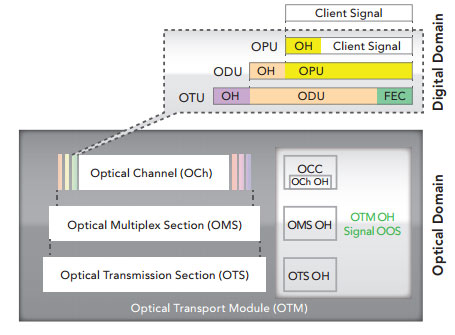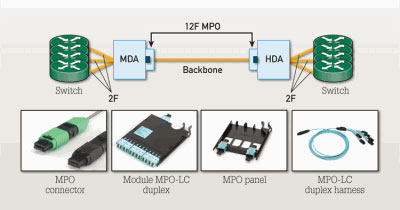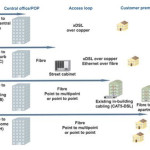The following technologies have a common goal of being able to route packet technologies (Ethernet) across a network in a deterministic way while providing a stable system with management and fault-finding abilities. Technologies such as SDH/SONET, which is connection-oriented, are very deterministic in routing and quality but they are also very inflexible with regards to upgrades or network changes. Standard Ethernet (non-carrier grade) is at the other end of the spectrum; it is connectionless and offers very flexible routing across the network because the network elements determine the routing, making it non-deterministic in both path and quality. For modern networks, the most important feature is the ability to be deterministic, ensuring that quality is maintained across the network even when carrying packet-based technologies, such as Ethernet.
PBB-TE was designed to provide the deterministic connection-oriented features of TDM to carrier-class Ethernet. It achieves this by using both PBB (Provider Backbone Bridges) often called MAC-in-MAC and VLAN (Virtual Local Area Network) technologies to identify the traffic. The management system is responsible for routing the traffic streams through the network utilizing point-topoint connection paths and the OAM (Operations, Administration and Management) protocol. The management system also creates a backup route supporting the ability to switchover if required.
MPLS-TP is an extension of the MPLS (MultiProtocol Label Switching) protocol suite and was designed to provide deterministic carrier-class services over MPLS networks. The Transport Profile allows connectionless traffic to be encapsulated making it connection-oriented. MPLSTP creates LSP (Label-Switched Paths) to transport the traffic across the network as well as utilizing OAM information, including information like APS (Automatic Protection Switching).
OTN is based on a fixed frame size with three key areas: the Overhead section, the Payload section, and finally the FEC (Forward Error Correction) section. The network routes these OTN frames across the network in a connection-oriented way. Much like a SDH/SONET frame, the Overhead carries the information required to identify, control and manage the payload, which maintains the deterministic quality. The Payload is simply the data transported across the network, while the FEC corrects errors when they arrive at the receiver. The number of correctable errors depends on the FEC type. The most common is GFEC described in the G.709 standard, which can identify 16 symbol errors and correct 8 symbol errors per frame.
The roots of OTN come from an SDH/SONET background, while both PBB-TE and MPLS-TP are adaptations of Ethernet networks, but all allow a more optimal and deterministic way of transporting data across a Core network and in many cases across Metro or Access networks.
The OTN frame can be separated into several sections as shown in Figure 4, with the two key sections being the Optical and Digital domains. The following ITU-T standards are used to describe the different areas with each covering different areas as following:

• G.709/Y.1331, Interfaces for the OTN
* Main areas discussed within this document
• G.798, Characteristics of OTN hierarchy equipment functional blocks
* Includes following sections: OCh (Optical Channel), OMS (Optical Multiplex Section), OTS (Optical Transmission Section)
* Defines how interaction and packaging of digital domain transported across optical domain
• ITU-T G.872, Architecture of OTN
By reviewing the OTN frame we can get insight into how this transport technology works as well as an understanding of its benefits and how to take advantage of them. The OTN frame is divided into five separate sections. This not only assists us in understanding the frame but, more importantly, each section can also be associated directly with a sub-section of the network itself. An engineer who understands the frame format can quickly identify the network section causing an alarm or concern. OTN works much like SDH/SONET (Synchronous Digital Hierarchy/Synchronous Optical NETwork) in this regard, but as the line rate increases the frame size remains constant.
The core functions of OTN can be found in the ITU-T G.872 documents describing the functions from an optical or carrier network level viewpoint, whereas G.709 describes OTN functions from a transport network viewpoint.









